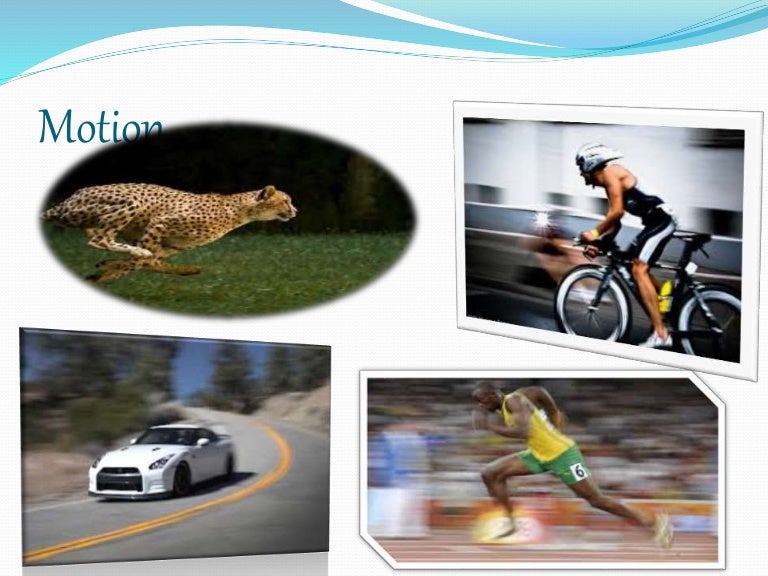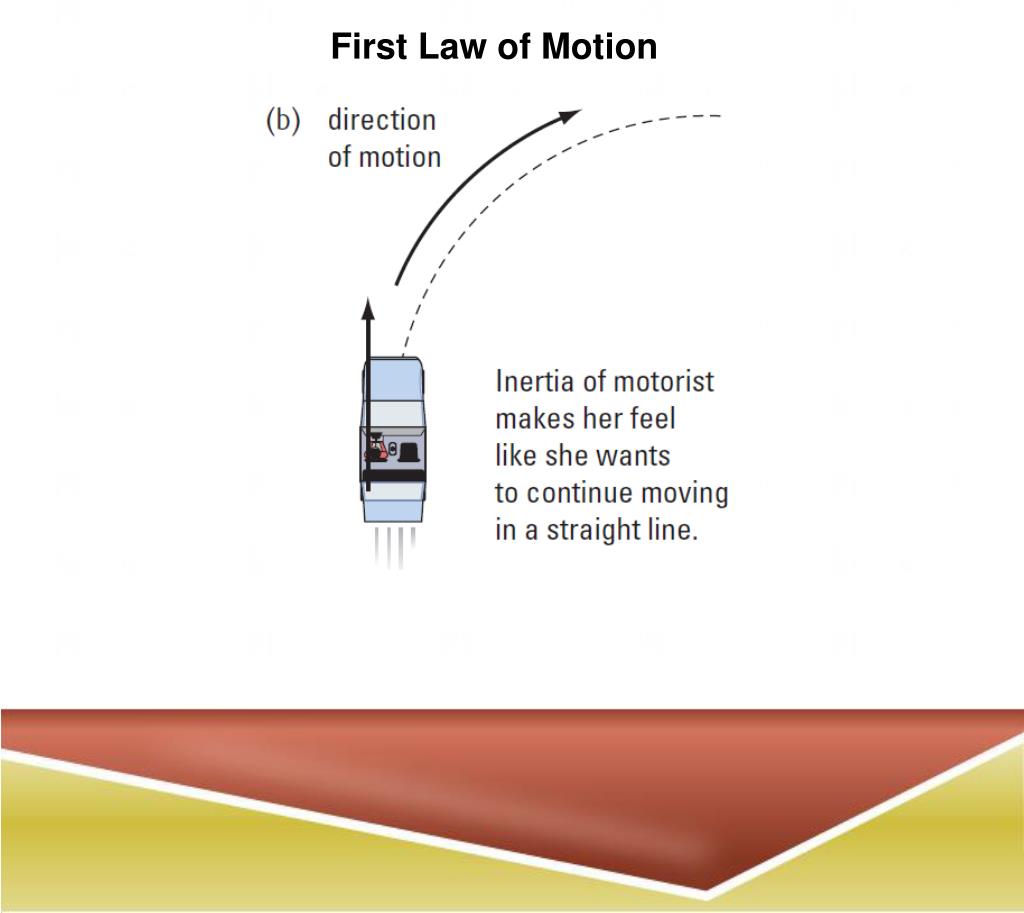

What Newton’s first law of motion states, however, is the following:Ī body at rest remains at rest, or, if in motion, remains in motion at a constant velocity unless acted on by a net external force. Such analyses are discussed in Lesson 2 of this unit and applied in Lesson 3.Newton’s first law of motion, also known as the law of inertia, states that a body at rest remains at rest or, if in motion, remains in motion at a constant velocity unless acted on by a net external force.Įxperience suggests that an object at rest will remain at rest if left alone, and that an object in motion tends to slow down and stop unless some effort is made to keep it moving. An object is said to be acted upon by an unbalanced force only when there is an individual force that is not being balanced by a force of equal magnitude and in the opposite direction. If two individual forces are of equal magnitude and opposite direction, then the forces are said to be balanced. To determine if the forces acting upon an object are balanced or unbalanced, an analysis must first be conducted to determine what forces are acting upon the object and in what direction. (Note: diagrams such as the one above are known as free-body diagrams and will be discussed in detail in Lesson 2.) In this case, the unbalanced force is directed opposite the book's motion and will cause it to slow down. The book is not at equilibrium and subsequently accelerates. There is an unbalanced force and as such, the book changes its state of motion.

As the book moves to the right, friction acts to the left to slow the book down. Yet there is no force present to balance the force of friction. The force of gravity pulling downward and the force of the table pushing upwards on the book are of equal magnitude and opposite directions. (Remember: a force is not needed to keep a moving object moving to the right.) The forces acting upon the book are shown below. The book is in motion and at the moment there is no one pushing it to the right. Whatever the case, our focus is not upon the history of the book but rather upon the current situation of a book sliding to the right across a tabletop. Or perhaps it acquired its motion by sliding down an incline from an elevated position. Sometime in the prior history of the book, it may have been given a shove and set in motion from a rest position. Now consider a book sliding from left to right across a tabletop. There is no unbalanced force acting upon the person and thus the person maintains its state of motion. Since these two forces are of equal magnitude and in opposite directions, they balance each other. The force of gravity exerts a downward force. There are two forces acting upon the person. (Note: diagrams such as the one above are known as free-body diagrams and will be discussed in detail in Lesson 2.)Ĭonsider another example involving balanced forces - a person standing on the floor. When all the forces acting upon an object balance each other, the object will be at equilibrium it will not accelerate. There is no unbalanced force acting upon the book and thus the book maintains its state of motion. The other force - the push of the table on the book (sometimes referred to as a normal force) - pushes upward on the book. One force - the Earth's gravitational pull - exerts a downward force.

There are two forces acting upon the book. An object at rest stays at rest and an object in motion stays in motion with the same speed and in the same direction unless acted upon by an unbalanced force.īut what exactly is meant by the phrase unbalanced force? What is an unbalanced force? In pursuit of an answer, we will first consider a physics book at rest on a tabletop. Newton's first law of motion has been frequently stated throughout this lesson.


 0 kommentar(er)
0 kommentar(er)
